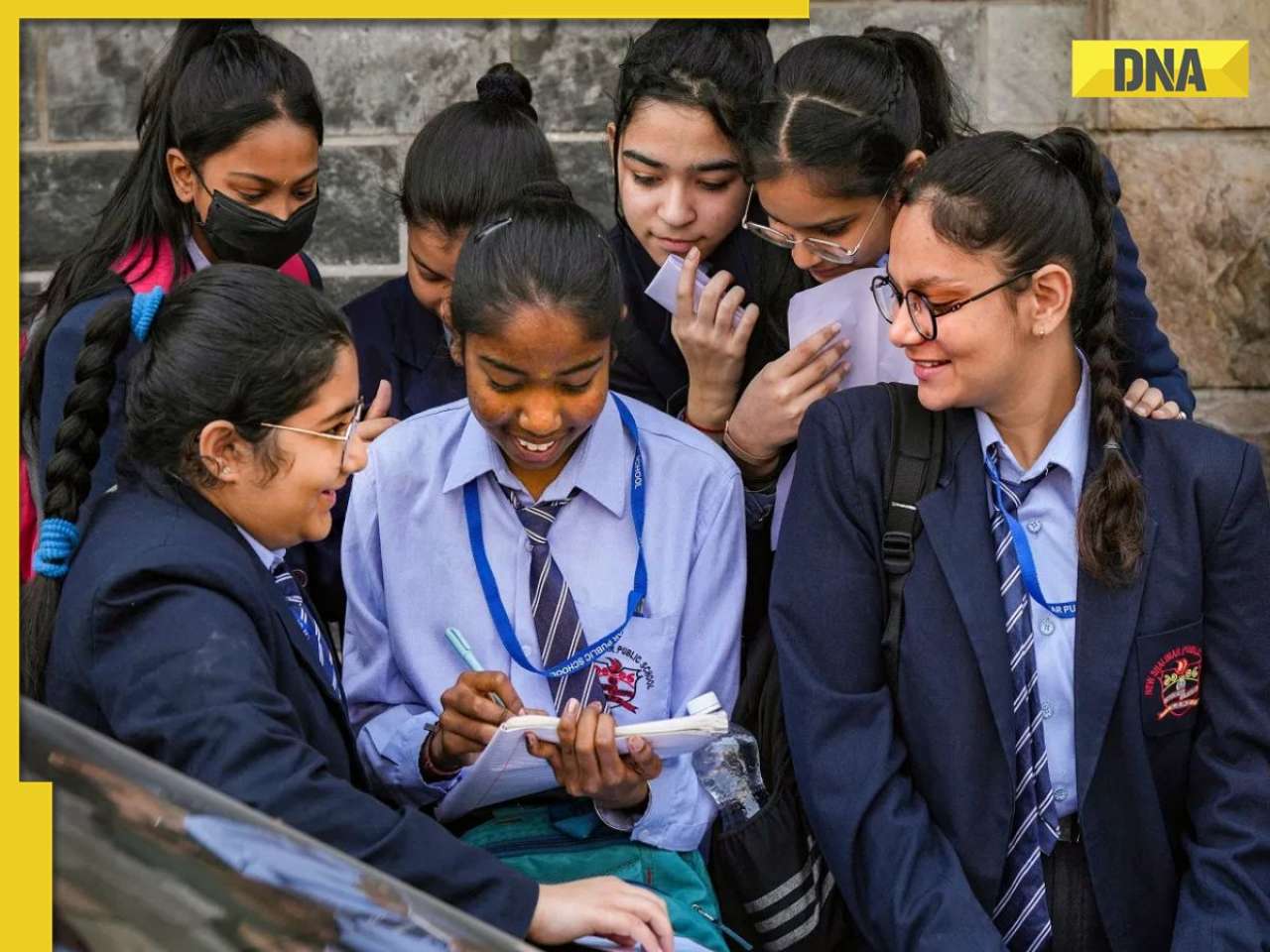Cutting costs without compromising on quality is what all businesses fantasise about in these difficult times, and fine dining establishments are no exception.
Gamberetti alla Milanese is a typical lightly done Italian dish of prawns sautéed in garlic and tomato, with a dash of white wine and sprinkling of fresh herbs. The difference here at the Spaghetti Kitchen in Mumbai is that the prawns are not from Milan, but from our very own Chilka lake in Orissa, whose brackish water produces seafood comparable to the best in the world.
That’s not all. The Italian restaurant’s Genovese basil now comes from a farm in Pune, the Portobello mushroom from Gurgaon, and the succulent pork chops are from Canadian pigs bred in Mysore. Chef Bill Marchetti, who has been in India for 11 years, says that when he started out here, almost everything had to be imported for discerning customers. This was a big handicap because the minimalist European cuisine really comes into its own with fresh ingredients, not dried herbs or frozen fish.
 Marchetti recalls taking some rucola seeds to a sceptical green grocer back then. “Just pretend it’s a weed and grow it for me,” he urged the grocer. And, mamma mia, he soon had salad greens in his home kitchen to match the rucola in Venice. The herbs you grow in India can taste as good, he discovered, as long as you have the right seeds for it. It set his mind thinking about doing this on a bigger scale. And today his restaurant contracts growers in different parts of the country, from Ooty to Himachal, for a regular supply of all sorts of exotic herbs, just like the parsley, sage, rosemary and thyme from Scarborough Fair. Then there are the crunchy celery, lettuces, asparagus, and of course the rucola leaves, which are a god-send for the fresh salads much in demand these days, as diners become more health conscious.
Marchetti recalls taking some rucola seeds to a sceptical green grocer back then. “Just pretend it’s a weed and grow it for me,” he urged the grocer. And, mamma mia, he soon had salad greens in his home kitchen to match the rucola in Venice. The herbs you grow in India can taste as good, he discovered, as long as you have the right seeds for it. It set his mind thinking about doing this on a bigger scale. And today his restaurant contracts growers in different parts of the country, from Ooty to Himachal, for a regular supply of all sorts of exotic herbs, just like the parsley, sage, rosemary and thyme from Scarborough Fair. Then there are the crunchy celery, lettuces, asparagus, and of course the rucola leaves, which are a god-send for the fresh salads much in demand these days, as diners become more health conscious.
A lot has changed in the last five years, with niche farmers sprouting up to feed the growing appetite for global cuisines in urban India. For Marchetti, it’s as if the fetters are off, as he now toys with his menu, on which he will soon have the La Ribollita, the famous Tuscan soup made with black cabbage. From the restaurant’s business point of view too, apart from the larger spread of exotic dishes on offer, there is the even more mouth-watering prospect of almost halving their costs by sourcing food locally instead of importing it. This is especially true of the premium meats that are becoming available from high-end breeders who meet international standards. Even pork, which can be dicey in India because of hygiene issues, is now available with HACC certification vouching for their breed and quality. And barbecued spare ribs can only taste so good with fresh pork — marinated in cranberry and peppercorn, then smoked and grilled.
The steak and scaloppini too at Spaghetti Kitchen are made of beef fillet and veal sourced from Bangalore. “Even the loyal Aussie in me has to admit this Bangalore beef is juicy and tender, as it should be,” says Bill, slicing into a steak pan-grilled with mushroom sauce. He was bemused to read recently that Indian beef is elbowing out Aussie beef in international markets as well.
Holy cow!
Marchetti’s father is Italian and mother German (“and naturally, the food at home was Italian”), but he grew up in Australia. One of the quirks of growing up Aussie is a robust contempt for anything Kiwi, and Bill is no exception to this. He definitely cannot see any sense in shelling out a grand or two for a rack of New Zealand lamb, as people do in high-end restaurants here. “It’s too fatty and quite ordinary in taste, why would you pay so much for that when you can get great mutton in India?” he asks. Well, right now, a lot of the mutton here is inconsistent in quality because the goats are left to roam free and eat whatever they find. But breeders are cottoning on to how they can produce premium goat meat in farms where the feed and other conditions can be controlled. So perhaps the Kiwi lamb’s days are indeed numbered.
Anything can be grown in India, proclaims Marchetti, even Arctic char (a fish about a foot long that Canadians get round-eyed over). Recently, he persuaded one of the many trout farms in Himachal to try something new, and was pleased to see that the char thrives in the cold mountain lake there. Pretty soon you may find a Himachali char jostling for space with a Chilka prawn on the Spaghetti Kitchen menu. That’s global cuisine for you, home-grown.
Garlic milano prawns
Ingredients
Prawns (50-60), 120gms
Red bell pepper, 20gms
Yellow bell pepper, 10gms
Diced onion, 10gms
Chopped Garlic, 5gms
Tomato sauce, 20gms
Chilly flakes, 5gms
Chopped Parsley, 5gms
White wine vinegar, 5gms
Fresh basil, 5gms
Refined oil, 10gms
Salt & pepper, 2gms
Method
Heat oil in a fry pan. Sauté onion and garlic till onions are translucent . Add the vegetables. Stir it for a while and then add the prawns. Now add the tomato sauce and fresh basil and parsley. Cook for a minute. Season it with salt and pepper. See to it that the prawns don’t overcook.
Insalta Fantasia [Exotic Salad]

Ingredients
Romaine, 40gms
Rocket, 20gms
Iceburg, 20gms
Lolo rosso, 20gms
Heart of palm, 30gms
Pears, 20gms
Sherry vinegar, 15gms
Olive oil, 15gms
Salt
Pepper crushed, 5gms
Dijon mustard, 5gms
Honey, 10gms
Method
For Dressing: Add sherry vinegar dijon mustard, salt, olive oil. Whisk to form an emulsion. Break lettuce. Add palm heart. Drizzle the dressing. Toss. Slice the pears into roundels (remove seed). Add to garnish.
![submenu-img]() This classic was made by director in frustration, was rejected by Amitabh, Naseer, inspired many filmmakers, earned...
This classic was made by director in frustration, was rejected by Amitabh, Naseer, inspired many filmmakers, earned...![submenu-img]() Panchayat's Durgesh Kumar says viral 'Dekh raha hai Binod' line is not his anymore, reacts to memes | Exclusive
Panchayat's Durgesh Kumar says viral 'Dekh raha hai Binod' line is not his anymore, reacts to memes | Exclusive![submenu-img]() 'Against Gambhir becoming the coach...': Sourav Ganguly gets slammed by fans for indirect tweet towards BCCI
'Against Gambhir becoming the coach...': Sourav Ganguly gets slammed by fans for indirect tweet towards BCCI![submenu-img]() 'The Indian Sarcasm': From Humble Beginnings to Conquering Social Media
'The Indian Sarcasm': From Humble Beginnings to Conquering Social Media ![submenu-img]() As rumours of divorce with Natasa Stankovic get stronger, fans wonder where is Hardik Pandya?
As rumours of divorce with Natasa Stankovic get stronger, fans wonder where is Hardik Pandya?![submenu-img]() Meet IAS officer who was victim of domestic violence, mother of two, cracked UPSC exam in first attempt, she's posted in
Meet IAS officer who was victim of domestic violence, mother of two, cracked UPSC exam in first attempt, she's posted in![submenu-img]() RBSE Class 5th, 8th Result 2024 Date, Time: Rajasthan board to announce results today, get direct link here
RBSE Class 5th, 8th Result 2024 Date, Time: Rajasthan board to announce results today, get direct link here![submenu-img]() RBSE Rajasthan Class 10 board results out, check direct link here to know results
RBSE Rajasthan Class 10 board results out, check direct link here to know results![submenu-img]() RBSE 10th Result 2024: Rajasthan Board Class 10 results to be out today; check time, direct link here
RBSE 10th Result 2024: Rajasthan Board Class 10 results to be out today; check time, direct link here![submenu-img]() Meet Indian genius who founded India's first pharma company, he is called 'Father of...
Meet Indian genius who founded India's first pharma company, he is called 'Father of...![submenu-img]() DNA Verified: Did Kangana Ranaut party with gangster Abu Salem? Actress reveals who's with her in viral photo
DNA Verified: Did Kangana Ranaut party with gangster Abu Salem? Actress reveals who's with her in viral photo![submenu-img]() DNA Verified: New Delhi Railway Station to be closed for 4 years? Know the truth here
DNA Verified: New Delhi Railway Station to be closed for 4 years? Know the truth here![submenu-img]() DNA Verified: Did RSS chief Mohan Bhagwat praise Congress during Lok Sabha Elections 2024? Know the truth here
DNA Verified: Did RSS chief Mohan Bhagwat praise Congress during Lok Sabha Elections 2024? Know the truth here![submenu-img]() DNA Verified: Is CAA an anti-Muslim law? Centre terms news report as 'misleading'
DNA Verified: Is CAA an anti-Muslim law? Centre terms news report as 'misleading'![submenu-img]() DNA Verified: Lok Sabha Elections 2024 to be held on April 19? Know truth behind viral message
DNA Verified: Lok Sabha Elections 2024 to be held on April 19? Know truth behind viral message![submenu-img]() Streaming This Week: Panchayat season 3, Swatantrya Veer Savarkar, Illegal season 3, latest OTT releases to binge-watch
Streaming This Week: Panchayat season 3, Swatantrya Veer Savarkar, Illegal season 3, latest OTT releases to binge-watch![submenu-img]() Avneet Kaur shines in navy blue gown with shimmery trail at Cannes 2024, fans say 'she is unstoppable now'
Avneet Kaur shines in navy blue gown with shimmery trail at Cannes 2024, fans say 'she is unstoppable now'![submenu-img]() Assamese actress Aimee Baruah wins hearts as she represents her culture in saree with 200-year-old motif at Cannes
Assamese actress Aimee Baruah wins hearts as she represents her culture in saree with 200-year-old motif at Cannes ![submenu-img]() Aditi Rao Hydari's monochrome gown at Cannes Film Festival divides social media: 'We love her but not the dress'
Aditi Rao Hydari's monochrome gown at Cannes Film Festival divides social media: 'We love her but not the dress'![submenu-img]() AI models play volley ball on beach in bikini
AI models play volley ball on beach in bikini![submenu-img]() DNA Explainer: Why was Iranian president Ebrahim Raisi, killed in helicopter crash, regarded as ‘Butcher of Tehran’?
DNA Explainer: Why was Iranian president Ebrahim Raisi, killed in helicopter crash, regarded as ‘Butcher of Tehran’?![submenu-img]() DNA Explainer: Why did deceased Iranian President Ebrahim Raisi wear black turban?
DNA Explainer: Why did deceased Iranian President Ebrahim Raisi wear black turban?![submenu-img]() Iran President Ebrahim Raisi's death: Will it impact gold, oil prices and stock markets?
Iran President Ebrahim Raisi's death: Will it impact gold, oil prices and stock markets?![submenu-img]() Haryana Political Crisis: Will 3 independent MLAs support withdrawal impact the present Nayab Saini led-BJP government?
Haryana Political Crisis: Will 3 independent MLAs support withdrawal impact the present Nayab Saini led-BJP government?![submenu-img]() DNA Explainer: Why Harvey Weinstein's rape conviction was overturned, will beleaguered Hollywood mogul get out of jail?
DNA Explainer: Why Harvey Weinstein's rape conviction was overturned, will beleaguered Hollywood mogul get out of jail?![submenu-img]() This classic was made by director in frustration, was rejected by Amitabh, Naseer, inspired many filmmakers, earned...
This classic was made by director in frustration, was rejected by Amitabh, Naseer, inspired many filmmakers, earned...![submenu-img]() Panchayat's Durgesh Kumar says viral 'Dekh raha hai Binod' line is not his anymore, reacts to memes | Exclusive
Panchayat's Durgesh Kumar says viral 'Dekh raha hai Binod' line is not his anymore, reacts to memes | Exclusive![submenu-img]() Dalljiet Kaur's husband Nikhil Patel reveals why their relationship ended, breaks silence on extra-marital allegations
Dalljiet Kaur's husband Nikhil Patel reveals why their relationship ended, breaks silence on extra-marital allegations![submenu-img]() This small-budget blockbuster was rejected by Amitabh Bachchan, attained cult status, made director star; film earned...
This small-budget blockbuster was rejected by Amitabh Bachchan, attained cult status, made director star; film earned...![submenu-img]() ‘They never make it better’: Game of Thrones creator George RR Martin slams film, TV adaptations of books
‘They never make it better’: Game of Thrones creator George RR Martin slams film, TV adaptations of books![submenu-img]() 'No one wanted to...': Billionaire Anil Agarwal’s daughter makes shocking revelation
'No one wanted to...': Billionaire Anil Agarwal’s daughter makes shocking revelation![submenu-img]() 'Humko nahi rahna is gola pe': Heatwave triggers meme fest on social media
'Humko nahi rahna is gola pe': Heatwave triggers meme fest on social media![submenu-img]() 'Ridiculous': Woman claims Swiggy charged Rs 115 for Rs 45 bun butter jam, shares bill
'Ridiculous': Woman claims Swiggy charged Rs 115 for Rs 45 bun butter jam, shares bill![submenu-img]() Man sells replicas of Nita Ambani's necklace for Rs 178, Harsh Goenka reacts
Man sells replicas of Nita Ambani's necklace for Rs 178, Harsh Goenka reacts![submenu-img]() Man dies after being sucked into plane engine in front of passengers at airport
Man dies after being sucked into plane engine in front of passengers at airport







































)













) Marchetti recalls taking some rucola seeds to a sceptical green grocer back then. “Just pretend it’s a weed and grow it for me,” he urged the grocer. And, mamma mia, he soon had salad greens in his home kitchen to match the rucola in Venice. The herbs you grow in India can taste as good, he discovered, as long as you have the right seeds for it. It set his mind thinking about doing this on a bigger scale. And today his restaurant contracts growers in different parts of the country, from Ooty to Himachal, for a regular supply of all sorts of exotic herbs, just like the parsley, sage, rosemary and thyme from Scarborough Fair. Then there are the crunchy celery, lettuces, asparagus, and of course the rucola leaves, which are a god-send for the fresh salads much in demand these days, as diners become more health conscious.
Marchetti recalls taking some rucola seeds to a sceptical green grocer back then. “Just pretend it’s a weed and grow it for me,” he urged the grocer. And, mamma mia, he soon had salad greens in his home kitchen to match the rucola in Venice. The herbs you grow in India can taste as good, he discovered, as long as you have the right seeds for it. It set his mind thinking about doing this on a bigger scale. And today his restaurant contracts growers in different parts of the country, from Ooty to Himachal, for a regular supply of all sorts of exotic herbs, just like the parsley, sage, rosemary and thyme from Scarborough Fair. Then there are the crunchy celery, lettuces, asparagus, and of course the rucola leaves, which are a god-send for the fresh salads much in demand these days, as diners become more health conscious.)




)
)
)
)
)
)